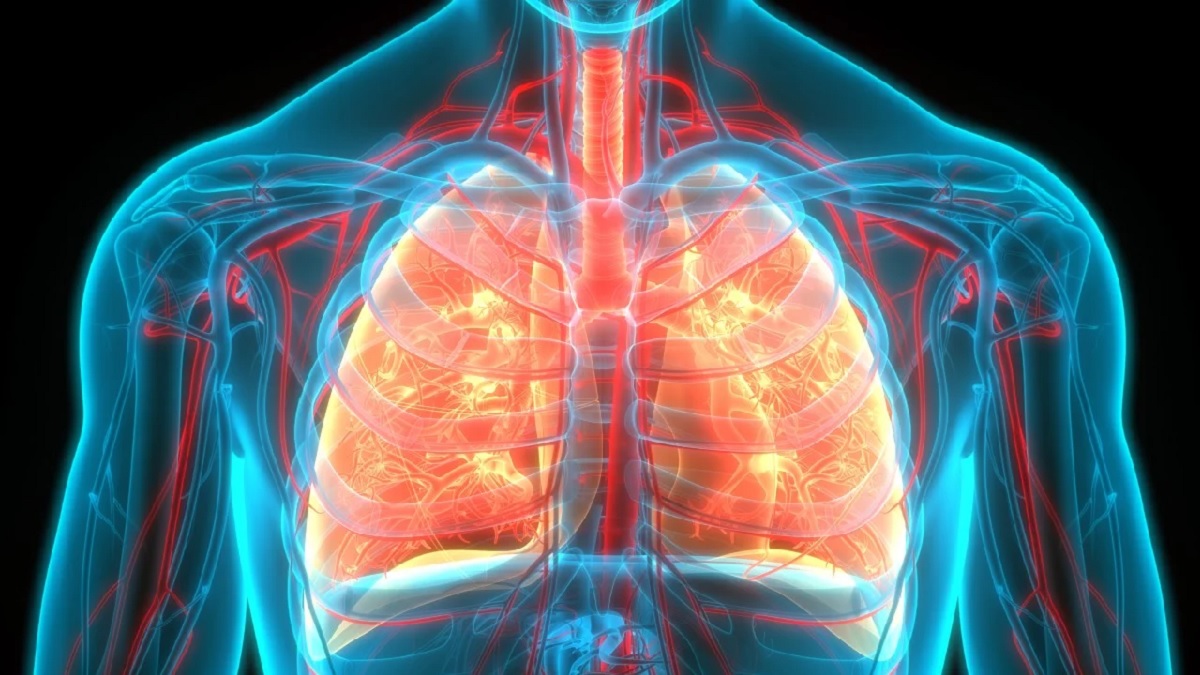Lung cancer is the third most common cancer in the United States, with the highest mortality rate, according to the Centers for Disease Control and Prevention (CDC).
Lung cancer is frequently detected late, resulting in limited treatment options and ultimately contributing to the high mortality rate.
The University of Louisville recently published a study in the journal PLOS One that demonstrated a newly developed lung cancer detection test that may identify which Volatile Organic Compounds (VOCs) are more likely to be found in people with lung cancer. CT scans are currently used to detect lung cancer and are made available to high-risk individuals.
There is a lot of active research into cancer detection. From epigenetic testing, which can tell whether a person has ovarian, breast, or cervical cancer based on cervical smear samples, to the GRAIL study, which published some of the findings from its attempt to develop a blood test that can detect cancer and where it is located in the body.
Researchers believe that earlier detection will help save lives and money as more treatment options become available.
Another topic that has piqued people’s interest is the possibility of using VOC measurements to detect lung cancer.However, The volatile chemicals found in breath are not always caused by lung cancer tumours. Chemicals are transported to the lungs by blood from all over the body, says Dr Mike Davies of the University of Liverpool and co-founder of the lung cancer foundation. And when they reach the lungs, they will be expelled in the breath. “Ketones are a practical example of this because the breath you get from some diabetics is the same kind of process in that it’s released in the blood system and comes out in the breath,” he added.
Prof Robert Rintoul, professor of thoracic oncology at Cambridge University in the United Kingdom, spoke with MNT about the difficulties in identifying and treating lung cancer.
“Unfortunately, the vast majority [of lung cancer patients] die of their disease.” And the reason for this is that nearly three-quarters of all people diagnosed with lung cancer [or 75%] have advanced stage disease.”
Read More: Pakistan sees alarming rise in HIV cases
In the current study, scientists devised a method to record the exhaled breath of 414 people. These individuals included 193 healthy control subjects chosen from the families of lung cancer patients, 156 of whom had untreated lung cancer and 65 of whom had benign lung nodules.
The vast majority of lung cancer patients were either current or former smokers. Eighty of the controls had never smoked, while the remaining 113 were current or former smokers. The lung cancer patients were significantly older than the healthy controls.
The researchers used machine learning to determine whether the VOCs found in cancer patients were related to their disease by collecting exhaled air samples with a newly designed technology to detect the various types of VOC present.
According to the PLOS One study, this led to the discovery of a cluster of 7 VOCs that, when found together, indicated the presence of lung cancer.



























